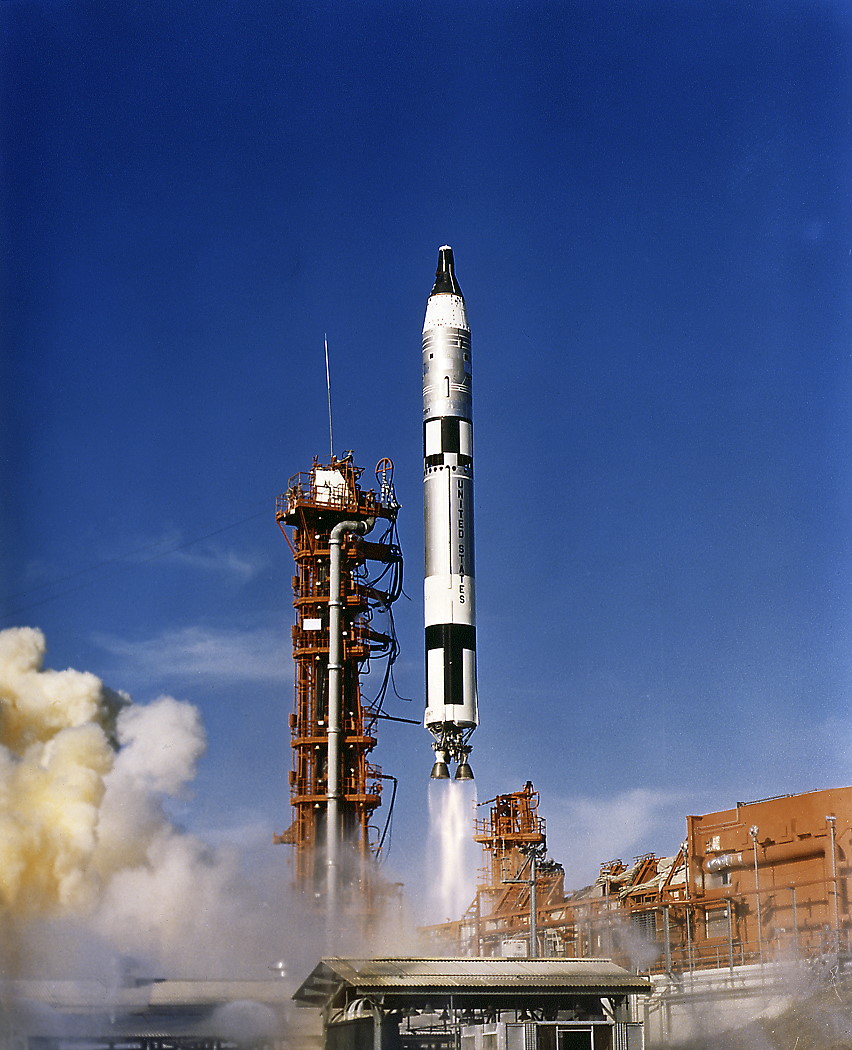
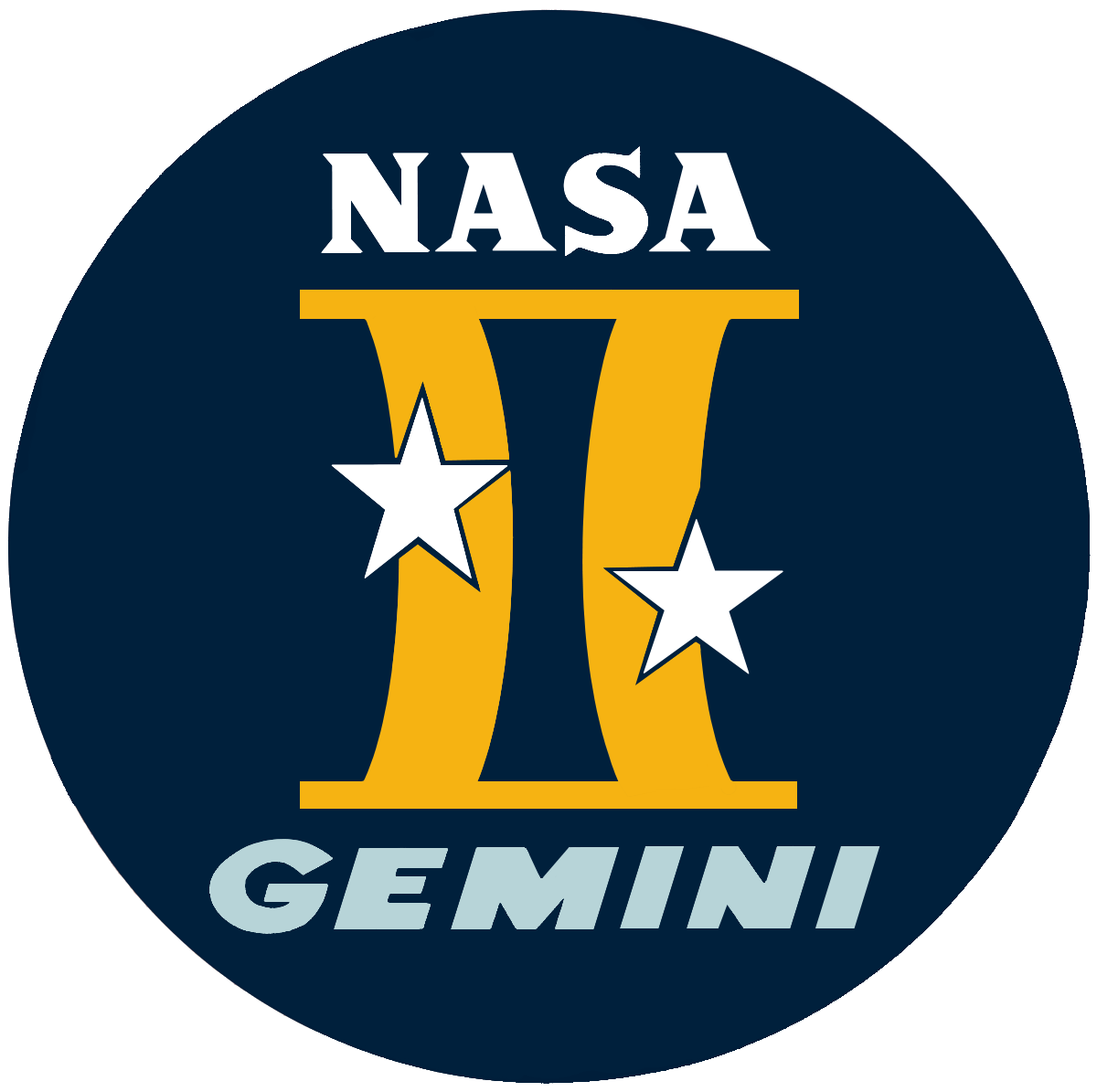
The Gemini 12 mission was to rendezvous and docking with an Agena Target Vehicle, which had been launched from Launch Complex 14, 1 hour, 38 minutes, 34.731 seconds earlier by an Atlas Standard Launch Vehicle (SLV-3), and placed in a nearly circular orbit with a perigee of 163 nautical miles (187.6 statute miles/301.9 kilometers) and apogee of 156 nautical miles (179.5 statute miles/288.9 kilometers).
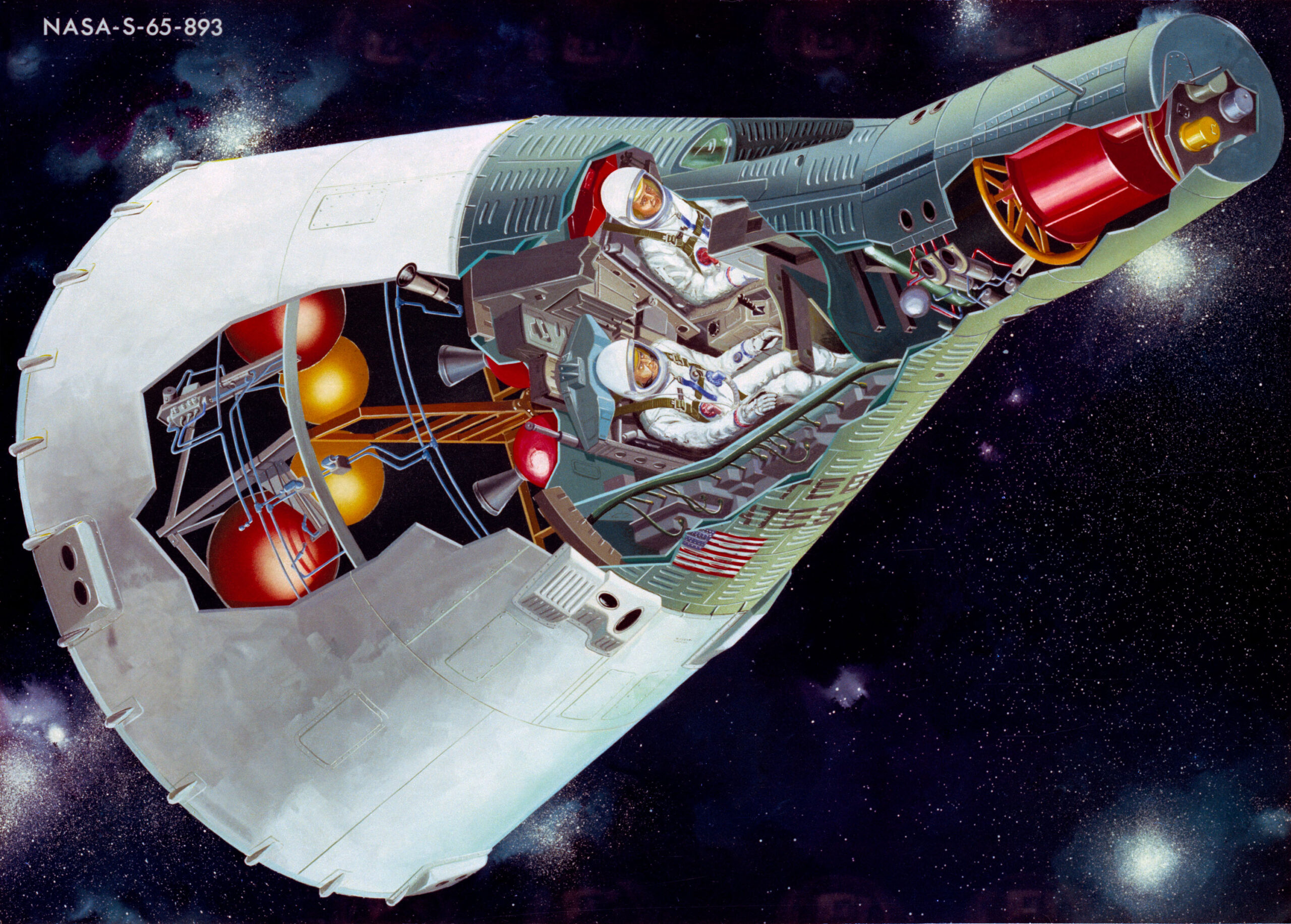


The Titan II GLV was a two-stage, liquid-fueled rocket. The first stage was 63 feet (19.202 meters) long with a diameter of 10 feet (3.048 meters). The second stage was 27 feet (8.230 meters) long, with the same diameter. The 1st stage was powered by an Aerojet Engineering Corporation LR-87-7 engine which combined two combustion chambers and exhaust nozzles with a single turbopump unit. The engine was fueled by a hypergolic combination of hydrazine and nitrogen tetroxide. Ignition occurred spontaneously as the two components were combined in the combustion chambers. The LR-87-7 produced 430,000 pounds of thrust (1,912.74 kilonewtons).¹ It was not throttled and could not be shut down and restarted. The 2nd stage used an Aerojet LR-91 engine which produced 100,000 pounds of thrust (444.82 kilonewtons).²
The Gemini/Titan II GLV combination had a total height of 109 feet (33.223 meters) and weighed approximately 340,000 pounds (154,220 kilograms) when fueled.³
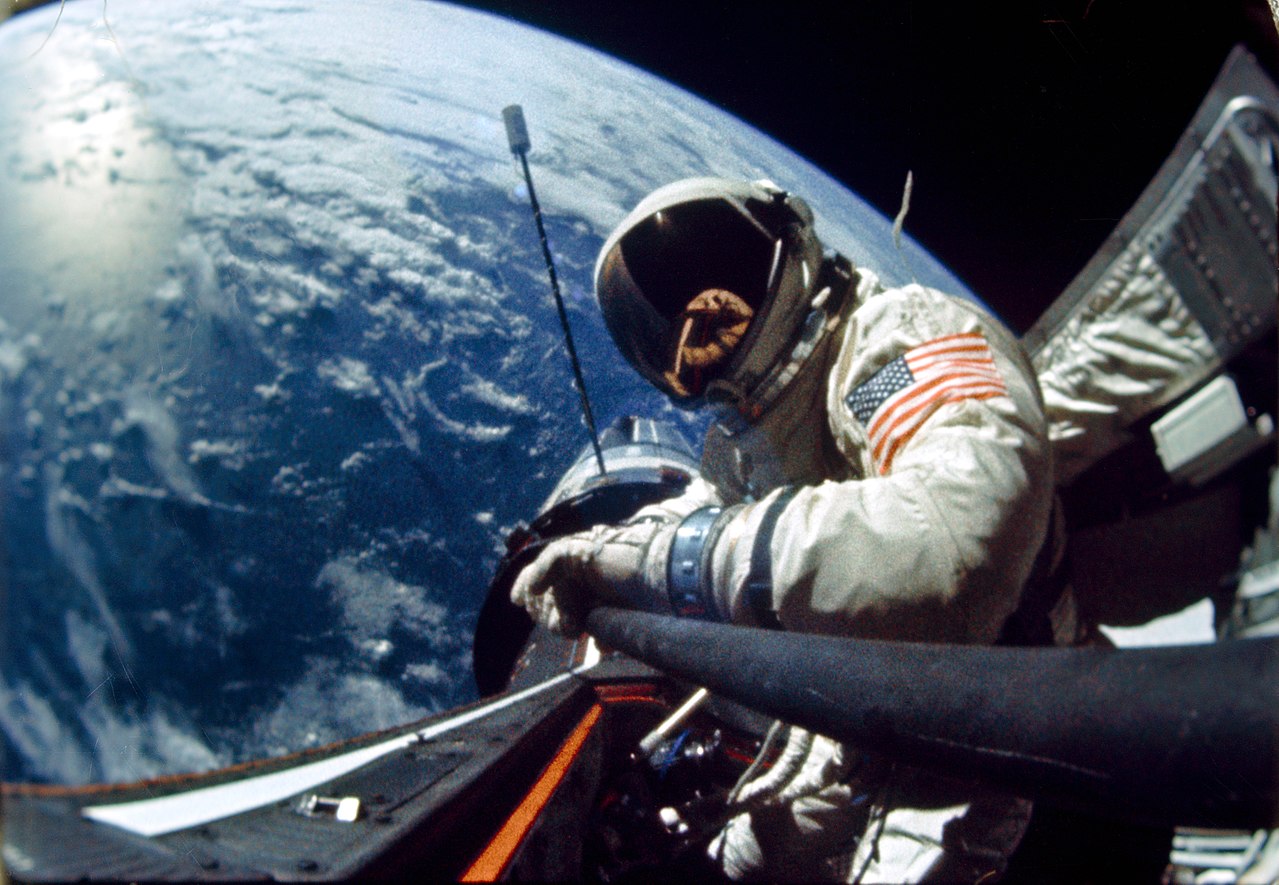
Gemini XII was the tenth and last flight of the Gemini program. The purpose of this mission was to test rendezvous and docking with an orbiting Agena Target Docking Vehicle and to test extravehicular activity (“EVA,” or “space walk”) procedures. Both of these were crucial parts of the upcoming Apollo program and previous problems would have to be resolved before the manned space flight projects could move to the next phase.
Buzz Aldrin had made a special study of EVA factors, and his three “space walks,” totaling 5 hours, 30 minutes, were highly successful. The rendezvous and docking was flown manually because of a computer problem, but was successful. In addition to these primary objectives, a number of scientific experiments were performed by the two astronauts.
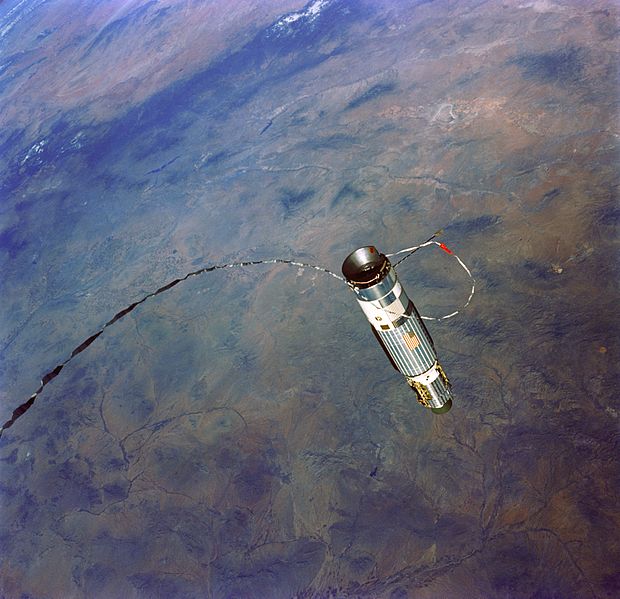
Gemini XII reentered Earth’s atmosphere and splashed down in the Atlantic Ocean, just 3.8 nautical miles (4.4 statute miles/7.0 kilometers) from the planned target point. Lovell and Aldrin were hoisted aboard a Sikorsky SH-3A Sea King helicopter and transported to the primary recovery ship, USS Wasp (CVS-18). The total duration of the flight was 3 days, 22 hours, 34 minutes, 31 seconds.
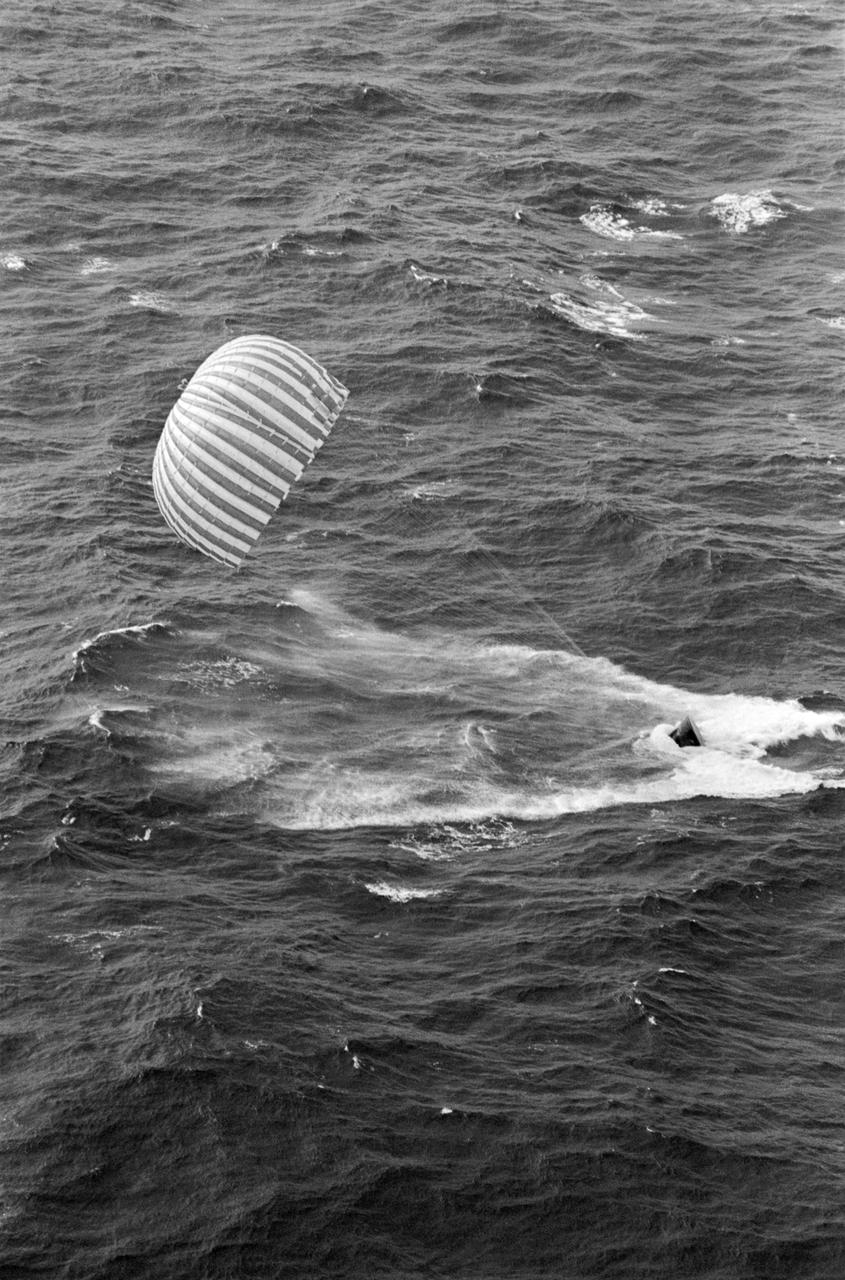
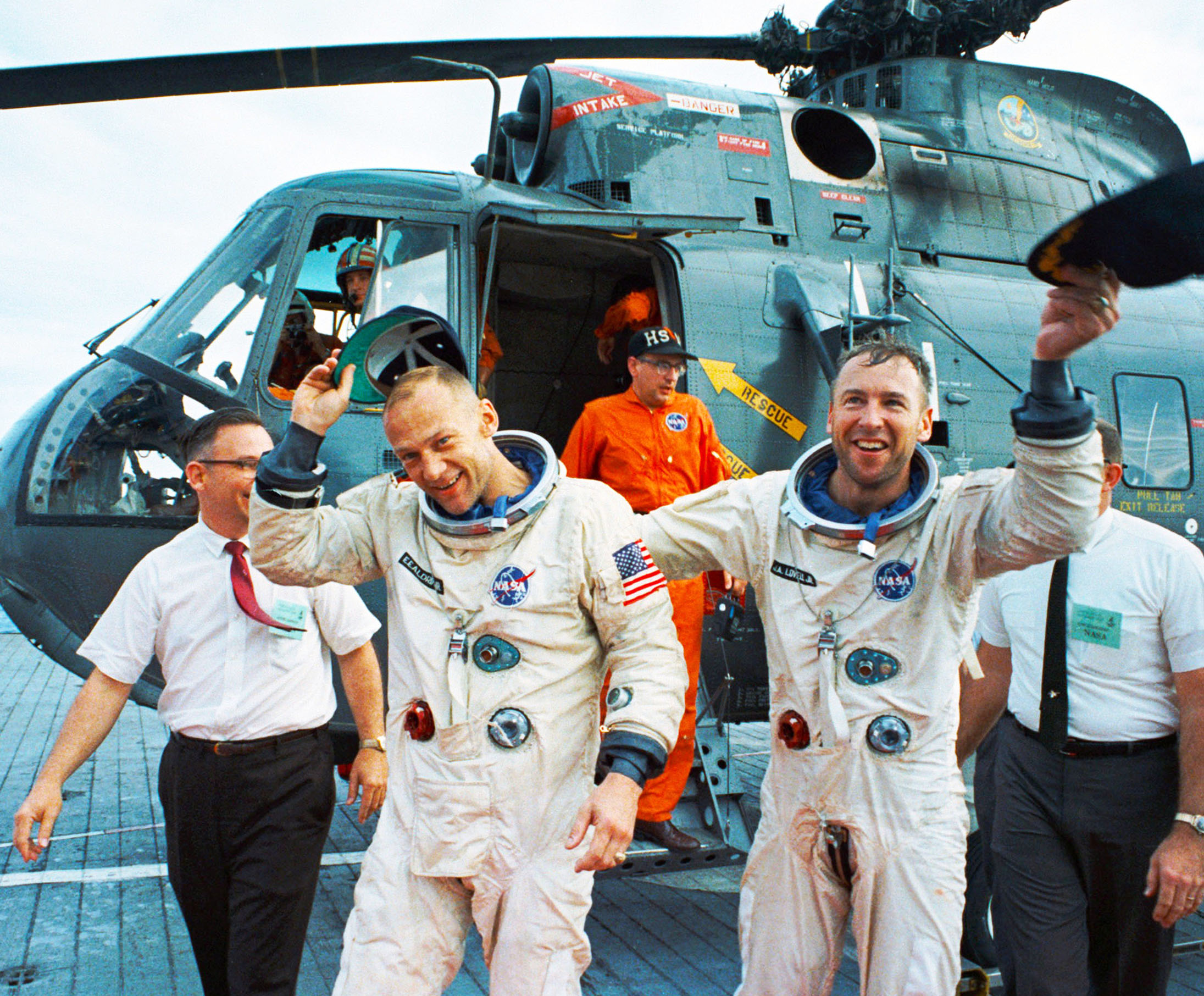
¹ Post-flight analysis gave the total average thrust of GLV-12’s first stage as 458,905 pounds of thrust (2,041.31 kilonewtons)
² Post-flight analysis gave the total average thrust of GLV-12’s second stage as 99,296 pounds of thrust (441.69 kilonewtons)
³ Gemini XII/Titan II GLV (GLV-12) weighed 345,710 pounds (156,811 kilograms) at Stage I ignition.
© 2018, Bryan R. Swopes